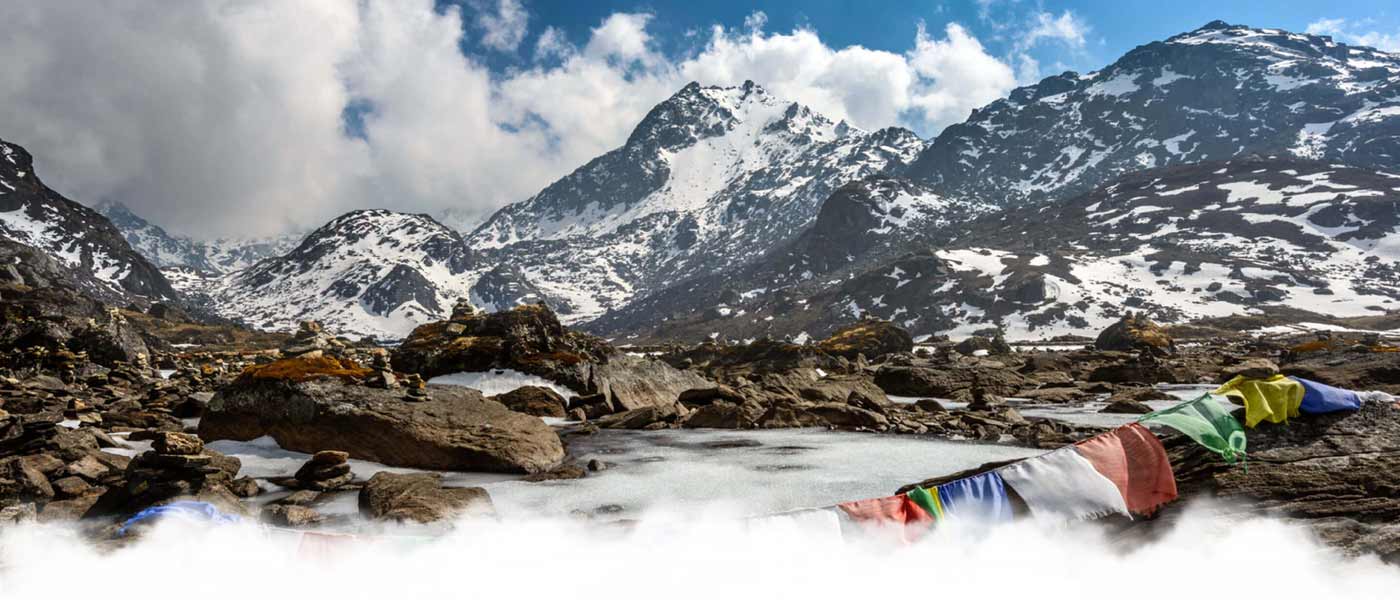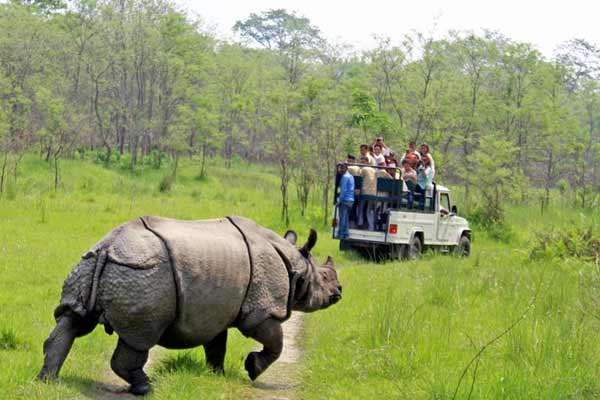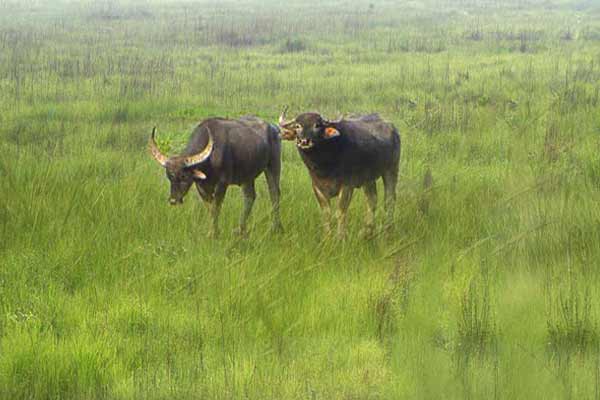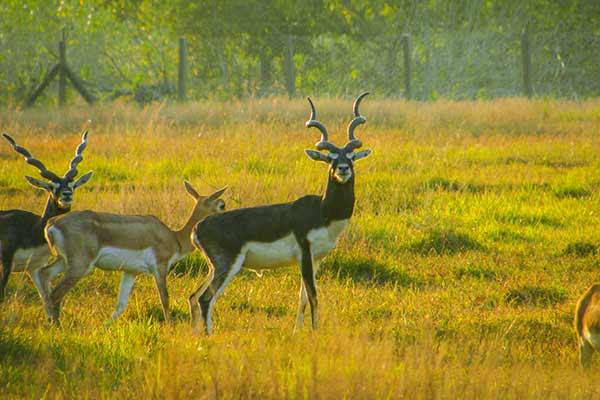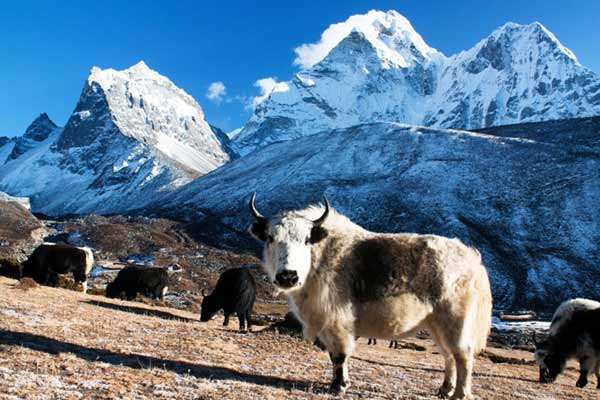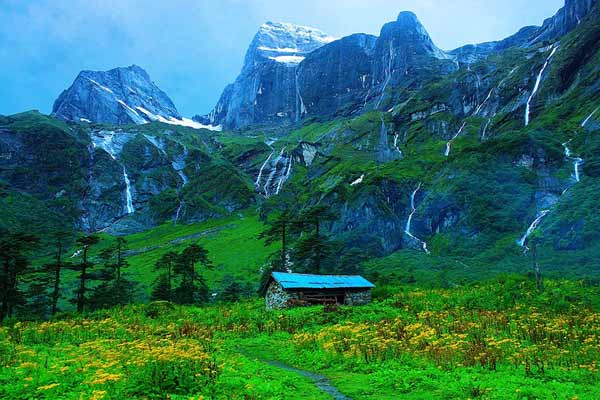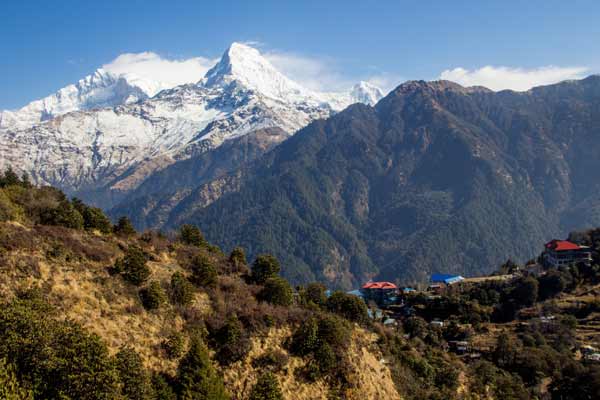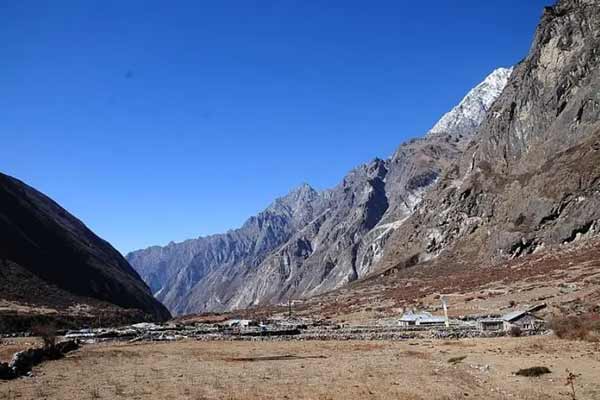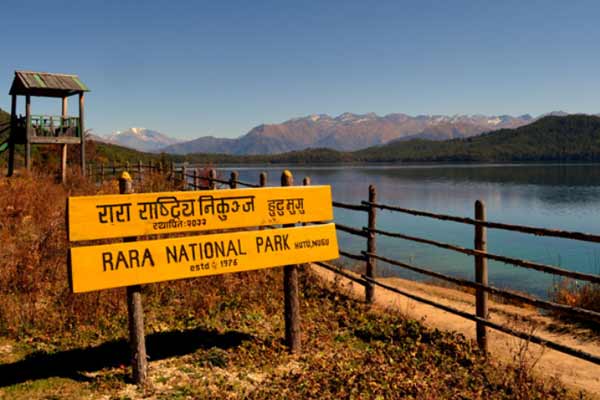
Shuklaphanta National Park
Shuklaphanta Wildlife Reserve covers 305 sq km of Sal forest and grassland having large Swamp Deer group of Asia. This wildlife Reserve is a protected area in the Terai of the Far-Western Region, Kanchanpur district of Nepal. Shuklaphanta offers a variety of experiences with the diverse wildlife. Forests, rivers, lakes, and several large grasslands (phantas). Sal trees dominate the forests, Khair-Sisso forests are found along the riverside areas. The name of the reserve is derived from the largest of there grasslands, which is known as Shukla Phanta. The reserve shares a common boundary with the Indian State of Utter Pradesh in the South and west which is formed by the Mahakali river. The global habitats of Shuklaphata Wildlife Reserve hold more than 665 plant species belonging to 438 genera and 118 families, which make Shuklaphata Wildlife Reserve as the highest species richness area, reported for any given protected areas in Terai.
Climate
The area has a tropical monsoon climate with four different seasons:winter ,spring, summer and monsoon .The months of December and January are fairly cold and misty with occasional frost. The mean monthly minimum temperature varies from 10 to 12 o C in winter, gradually rising to 17oc in the spring and 26oCin the summer. Over 90% of the annual precipitation fall during monsoon between June and September.Mean maximum temperatures are 40-42°C in summer (April-May), when hot westerly winds of up to 160km per 4hour have been recorded. (Balson, 1976). In February and March, the maximum temperature rises up to 22o to 25ocC.The relative humidity remains fairly high throughout the the year except in the dry months of the pre-monsoon period.
How to get there
The reserve is accessible by the road as well as air. The reserve will be easily accessible by road from any parts of Nepal with the completion of the far-western sector of east-West Highway. There is once a week flight from Kathmandu to Dhangadhi which is 51 km far from the park headquarters. There is regular public bus service from Dhangadhi to Mahendranagar taking 3 hours drive and the reserve headquarters is 8 km south-west of Mahendranagar. The reserve can be reached by East-west Highway through Nepalgunj-Dhangadhi-Mahendranagar.
Wildlife Sanctuaries Nepal
Wildlife Sanctuaries in Nepal If your current vacation were to the hill stations, beaches or historic places, then sticking around the “Nepal Wildlife Sanctuary” will be an extremely crazy experience for you. Yeah you heard right, Nepal nestled in the middle of high mountain ranges and infinite grassland has rich fauna and flora. According to conservative evaluation, it has nearly 100 varied species of animals and around 750 types of aerial species in entirety. So without ado, book the accommodation/safari, pack your comfortable attires, binoculars, sun protection gear, camera and get ready to explore the wilderness which is full of plant and animal life. Here are the top 10 Wildlife Sanctuaries of Nepal.
 +91 9799050299
+91 9799050299 